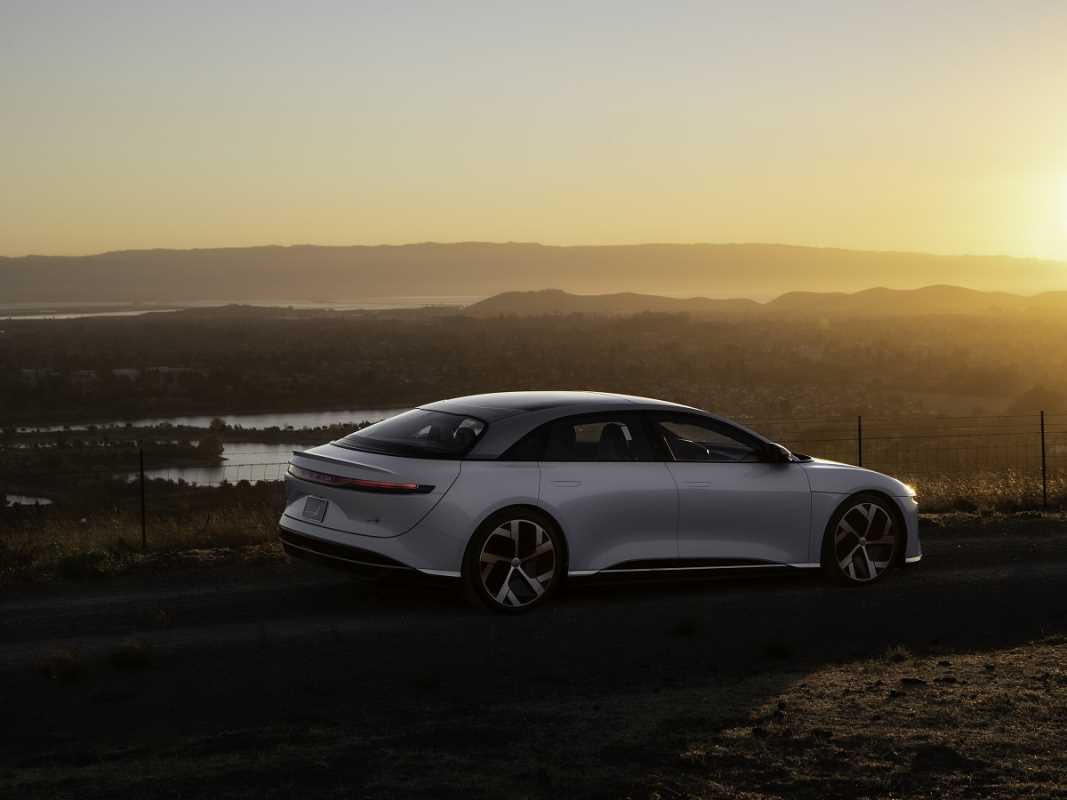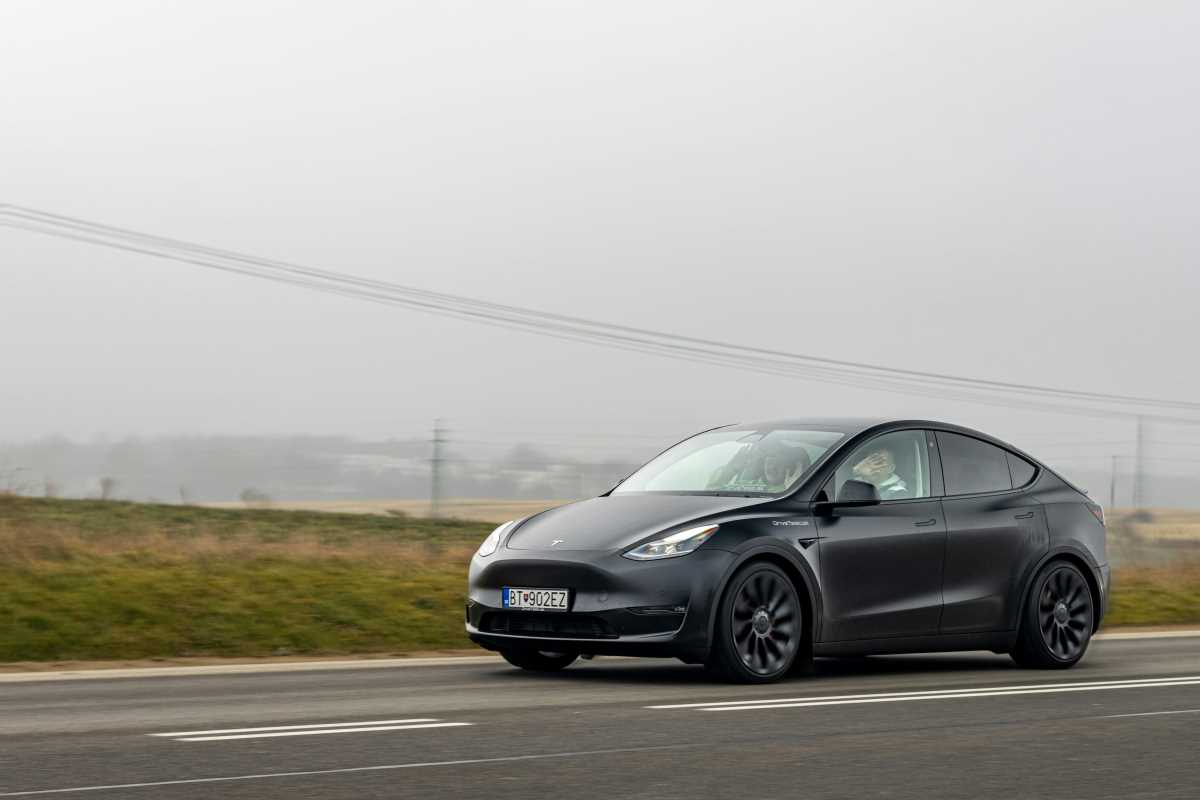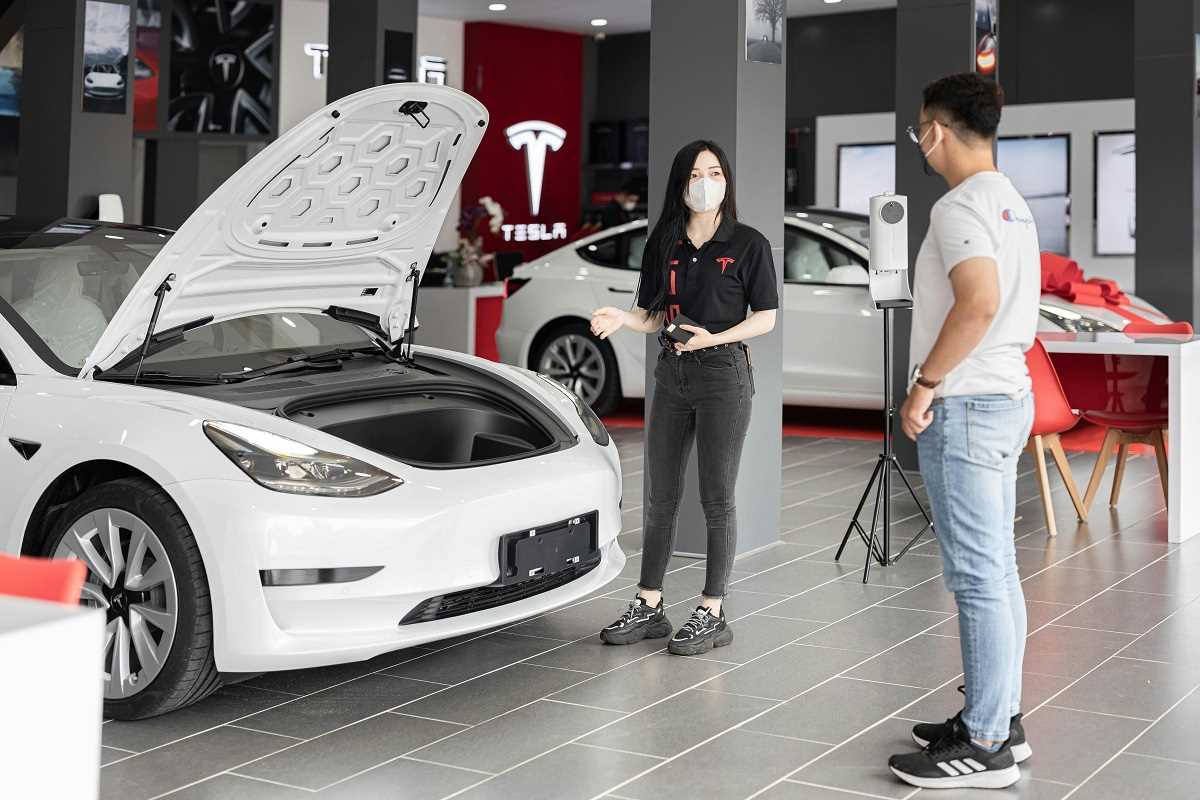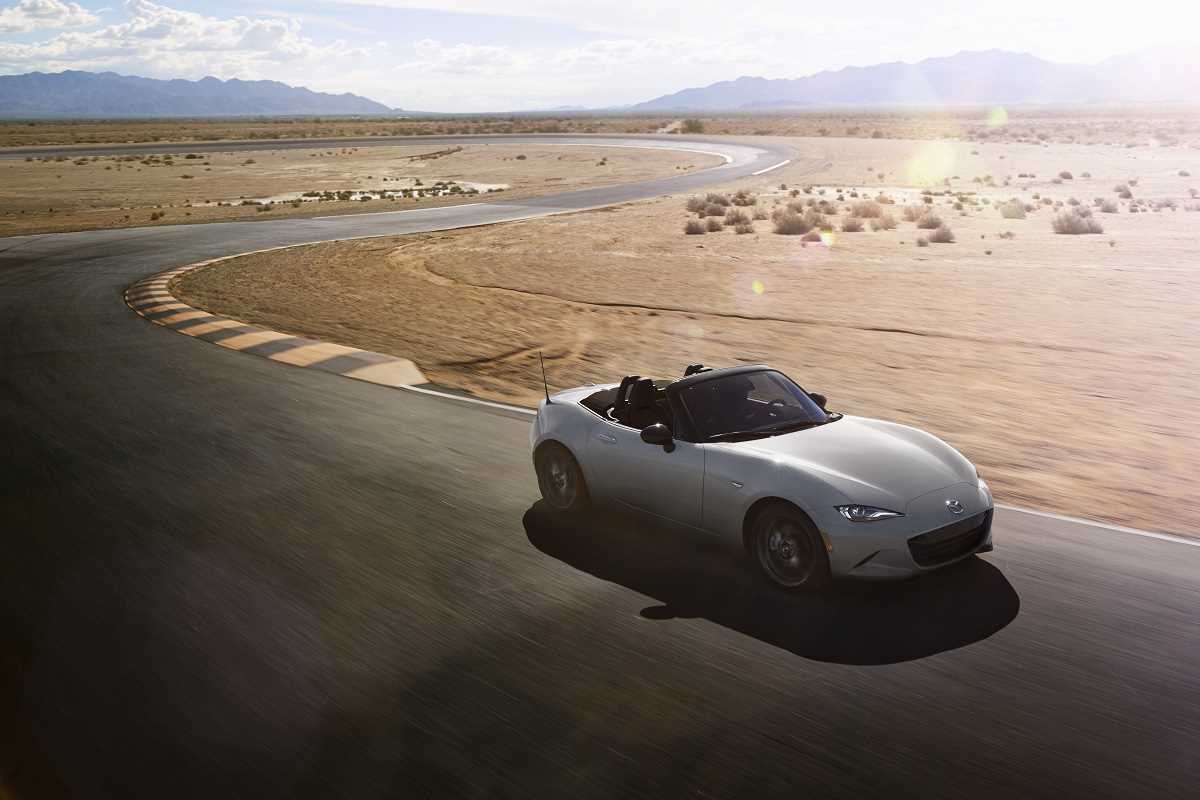Autonomous driving technology has steadily evolved over the past few years, transforming the way we experience the road. For 2025, there are more cars than ever offering advanced autonomous systems to make driving safer, simpler, and even more enjoyable. Whether you're looking for hands-free highway cruising, advanced parking assistants, or lane-centering capabilities, plenty of vehicles have you covered. This FAQ guide explores the top cars on the market with the most advanced autonomous driving features and what makes them stand out.
What Are Autonomous Driving Features?
Autonomous driving features are systems in cars that control certain aspects of driving. These features range from basic functions like adaptive cruise control to more advanced technologies like hands-free highway driving. They are classified into 5 Levels of Automation:
- Level 1: Minimal assistance, such as lane-keeping assist or cruise control.
- Level 2: Slightly more advanced, including systems like adaptive cruise control combined with lane centering.
- Level 3: Conditional driving autonomy, where the car can drive itself in specific conditions but requires human oversight.
- Level 4: High automation, capable of full driving in certain areas without any human intervention.
- Level 5: Full automation in all driving conditions (not yet commercially available).
Most modern vehicles fall between Levels 2 and 3. Some manufacturers are even approaching Level 4 capabilities in controlled environments.
Which Sedans Offer the Most Autonomous Driving Features?
Sedans are known for blending comfort and advanced technology. Here are the top contenders in 2025:
1. Tesla Model S
- Level of Autonomy: Level 2 to Level 3 (with Full Self-Driving software updates)
- Key Features: Tesla's Autopilot and Full Self-Driving (FSD) capabilities include automatic lane changes, traffic-aware cruise control, self-parking, and the ability to recognize traffic lights and stop signs.
- What Stands Out: Tesla’s over-the-air software updates continuously improve its systems, and the Model S gets access to the latest autonomous advancements.
- Best For: Tech enthusiasts who want cutting-edge autonomous features in a luxury sedan.
2. Mercedes-Benz E-Class
- Level of Autonomy: Level 2+
- Key Features: Includes the Drive Pilot system, which offers lane-keeping assistance, adaptive cruise control, and hands-free driving on select highways.
- What Stands Out: Advanced safety sensors and AI-driven responses for near-seamless automation.
- Best For: Drivers who value both luxury and effortless driving.
3. BMW 5 Series
- Level of Autonomy: Level 2
- Key Features: BMW’s Driving Assistant Professional comes standard and includes stop-and-go adaptive cruise control, lane tracking, and traffic jam assist.
- What Stands Out: Its smooth integration of AI and comfort-focused driving assistance.
- Best For: Commuters who want a balance of performance and semi-autonomy.
Which SUVs Excel in Autonomous Driving?
SUVs offer not only space and versatility but also some of the most advanced autonomous tech available for larger vehicles.
1. Cadillac Escalade
- Level of Autonomy: Level 2+
- Key Features: Super Cruise allows hands-free driving on mapped highways, with real-time monitoring of the driver’s attention.
- What Stands Out: It uses lidar mapping for enhanced accuracy and also supports hands-free lane changes.
- Best For: Families seeking a luxury SUV with a focus on autonomous tech.
2. Volvo XC90
- Level of Autonomy: Level 2
- Key Features: Includes Volvo’s Pilot Assist, offering adaptive cruise control, lane centering, and collision avoidance with pedestrian and cyclist detection.
- What Stands Out: Volvo prioritizes safety, and its autonomous features are some of the most reliable on the market.
- Best For: Safety-conscious families and long-distance drivers.
3. Hyundai Ioniq 7 (Electric SUV)
- Level of Autonomy: Level 2+
- Key Features: Highway Driving Assist 2 (HDA2) provides lane changing, adaptive cruise control, and real-time monitoring of nearby traffic.
- What Stands Out: The futuristic design and affordability make it an enticing choice for families and eco-conscious drivers.
- Best For: Those seeking advanced features in a sustainable package.
What Are the Most Autonomous Electric Vehicles (EVs)?
EVs often lead the pack in autonomous driving technology due to their modern platforms and integrated systems. Here’s a breakdown of the top EVs for 2025:
1. Tesla Model 3
- Level of Autonomy: Level 2 to Level 3 (with Full Self-Driving option)
- Key Features: Similar to the Model S, the Model 3 boasts Autopilot and FSD with features like auto-lane changes, Navigate on Autopilot, and Smart Summon.
- What Stands Out: Tesla’s extensive Supercharger network and regular updates keep this car ahead of competitors in real-world autonomy.
- Best For: Budget-conscious drivers looking for Tesla’s technology.
2. Lucid Air
- Level of Autonomy: Level 2+
- Key Features: DreamDrive Pro offers highway assist, traffic jam assist, and adaptive stopping in emergencies.
- What Stands Out: A premium EV with a focus on both luxury and advanced driver assistance.
- Best For: High-mileage EV drivers wanting ultimate tech integration.
3. Rivian R1T (Pickup EV)
- Level of Autonomy: Level 2+
- Key Features: Rivian’s Driver+ system provides automatic steering, lane centering, and adaptive cruise control for highway settings.
- What Stands Out: It’s one of the few electric trucks offering advanced autonomous features tailored for adventure.
- Best For: Outdoor enthusiasts seeking a truck with hands-free driving capabilities.
How Do These Systems Work in Real-Life Scenarios?
Adaptive Cruise Control
Maintains a safe distance between your car and the one ahead by adjusting your speed automatically.
Lane-Keeping Assist
Uses cameras and sensors to detect lane markings and ensure your car stays centered, even around curves.
Traffic Jam Assist
Combines adaptive cruise control and lane centering to manage stop-and-go traffic effortlessly.
Hands-Free Driving Features
Limited to certain highways or mapped areas, these systems allow drivers to remove their hands from the steering wheel while still monitoring the road.
Autonomous Parking
Some systems, like Tesla’s Smart Summon, can park the car or bring it to you autonomously in parking lots.
By integrating sensors, cameras, radar, and lidar, modern autonomous systems adapt to real-world conditions to maximize safety, convenience, and efficiency.
Key Considerations When Choosing a Car with Autonomous Features
- Software Updates: Look for cars that offer over-the-air updates to improve autonomous capabilities over time. Tesla excels in this area.
- Mapped Areas: Some systems, like GM’s Super Cruise, work only in specific regions, so be sure it supports areas where you frequently drive.
- Backup Controls: Ensure there’s a smooth transition to manual controls if needed.
- Cost of Upgrades: Premium features such as Tesla’s Full Self-Driving may involve additional fees, so keep your budget in mind.
Which Autonomous System Is Best for You?
- For Hands-Free Driving: Cadillac’s Super Cruise shines for mapped highways.
- For Tesla Enthusiasts: FSD brings some of the most futuristic features available today.
- For Affordable Semi-Autonomy: Hyundai’s Highway Driving Assist is reliable and user-friendly without breaking the bank.
- For Adventurers: Rivian’s Driver+ system adds autonomy to trucks and SUVs built for rugged settings.
- For Ultimate Luxury: Mercedes-Benz Drive Pilot offers near-Level 3 capability in premium sedans.
By understanding the nuances of today’s autonomous features and matching them to your needs, you can find a car that keeps you safe, comfortable, and on the cutting edge of technology.
 (Image source: Lucid Motors)
(Image source: Lucid Motors) 





